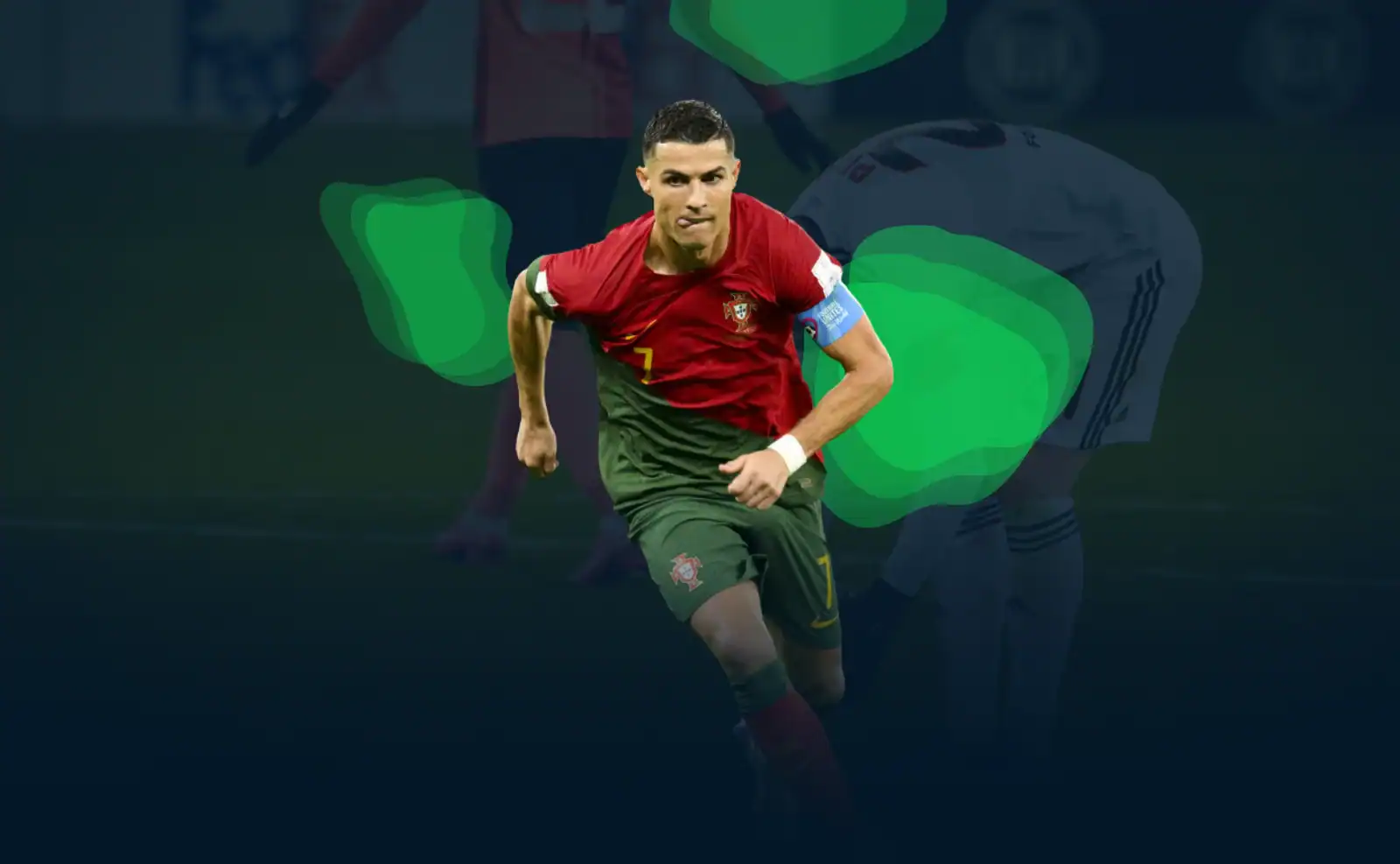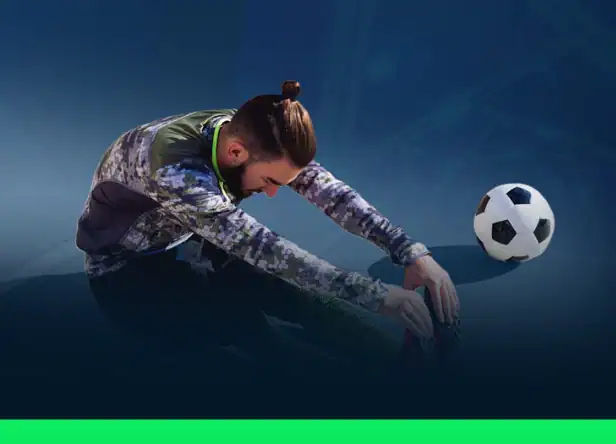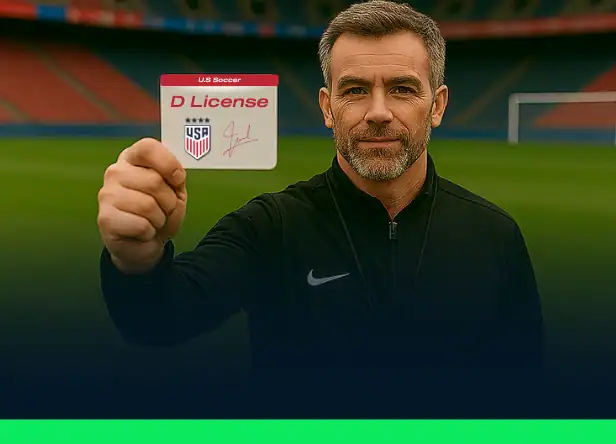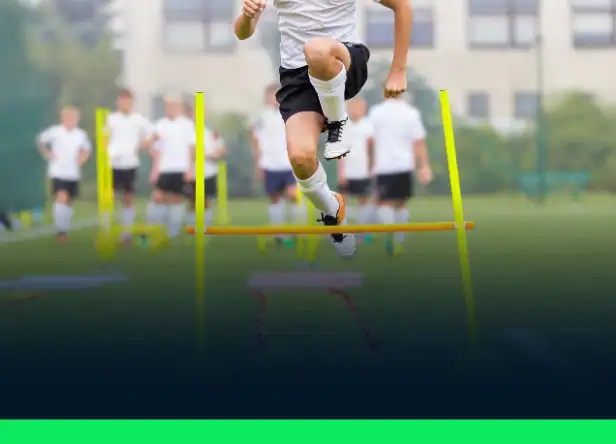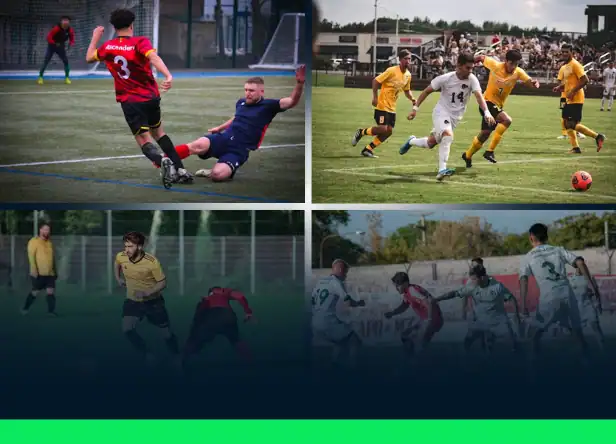The penalty kick stands as one of soccer’s most decisive and psychologically intense moments, where a single shot from 11 meters can determine the match and create lasting memories for players and fans alike.
Soccer is governed by a set of rules and laws that dictate players’ actions on the field. The penalty kick is one of the most discussed situations during a soccer match. How is a penalty taken, and what makes it different from other set pieces? That’s what we’ll explore in detail in today’s article.
What Is a Penalty Kick in Soccer? Understanding the Penalty Kick
A penalty kick is awarded when a player commits an offence punishable by a kick inside their own penalty area, or off the field of play during active play, as outlined in Laws 12 and 13. This critical ruling, governed by Law 14 of the Laws of the Game, transforms what might be a routine foul elsewhere on the pitch into a high-stakes, one-on-one confrontation between the penalty taker and the goalkeeper.
The penalty area itself, commonly known as the “18-yard box,” serves as the crucial zone where these infractions carry the most severe consequences. Unlike fouls committed elsewhere on the pitch that result in direct free kicks, those within this sacred rectangle of the defending team provide the attacking side with an almost unobstructed opportunity to score.
Law 14 in Soccer
In soccer, Law 14 is the rule that describes penalty kicks.
A penalty (penalty kick) is awarded if a player commits a foul punishable by a direct free kick inside their own penalty area, or off the field of play as part of play, as described in Laws 12 and 13.
Fouls inside the penalty box are considered particularly serious, as they have the potential to deny a team a clear chance to score. That is why penalties are often accompanied by tension and high expectations from players, coaches, and fans.
Table of Penalty Kick Outcomes
| Situation | Goal | No Goal |
|---|---|---|
| Encroachment by an attacking player | Retake penalty | Indirect free kick |
| Encroachment by a defending player | Goal | Retake penalty |
| Encroachment by both attacking and defending players | Retake penalty | Retake penalty |
| Goalkeeper infringement | Goal | If not saved: do not retake (unless kicker was unfarecogniseracted). If saved: rto avoidty + caution for goalkeeper; warning if repeated. |
| Simultaneous infringements by the goalkeeper and the kicker | Indirect free kick + warning for kicker | Indirect free kick + warning for kicker |
| Ball kicked backward | Indirect free kick | Indirect free kick |
When Is a Penalty Awarded in Soccer?
Awarding a penalty by the referee can prove match-defining; several typical situations trigger this sanction:
- Direct Physical Fouls: Immediate penalty awards are given for careless, reckless, or excessive challenges, including kicks, trips, charges, pushes, strikes, or hazardous tackles inside the penalty area. Often guiding associated disciplinary action is the severity; careless challenges earn yellow cards while excessive force leads to red cards.
- Offences in handball: Intentional manipulation of the ball with hands or arms inside the penalty area is evidently a penalty. His interpretation keeps developing with contemporary officiating standards, an accidental handball that makes the body “unnaturally larger” also results in a penalty kick.
- Holding and Stopping: Often leading to penalty judgments, physical barriers that prevent opponents from playing the ball or getting to scoring areas—especially clear during corner kicks and crosses—often cause issues.
- Off-the-Ball Incidents: Even if the ball is elsewhere, violent behaviour, spitting, or throwing objects at opponents inside the penalty area can warrant penalty points.
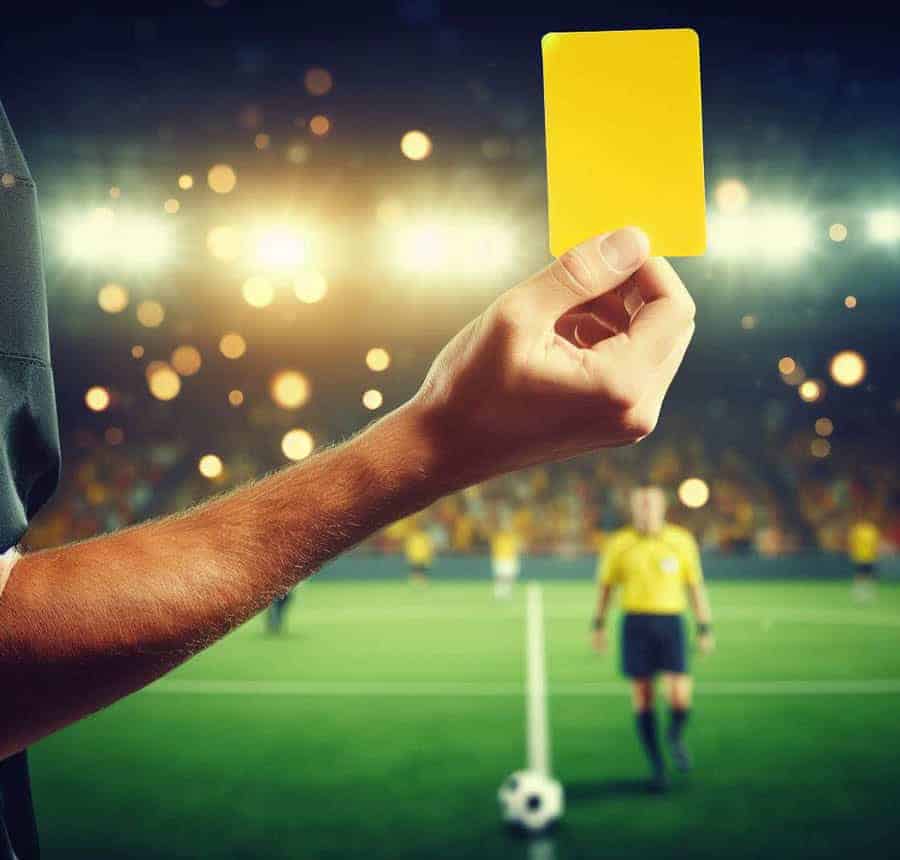
Here are some common situations where a penalty can be given:
- Foul in the penalty area: As mentioned earlier, the foul must occur inside the opponent’s penalty box for a penalty to be awarded. If it occurs outside this area, a free kick is given.
- Deliberate handball: If a player deliberately handles the ball with their hand or arm inside the penalty area, a penalty is awarded. However, debates often arise about whether the handball was intentional.
- Obstruction: A deliberate obstruction preventing an opponent from playing the ball or scoring can also lead to a penalty. This may happen when a defender blocks the path of a shooter or prevents play.
- Violent tackle: A dangerous or violent tackle, especially inside the penalty area, may result in a penalty. Player safety is a priority, and reckless tackles are usually punished with a yellow or red card.
How Is a Penalty Kick Taken? : The Process
The execution of a penalty kick follows strict procedural requirements designed to ensure fairness while maintaining the dramatic tension inherent in this one-on-one battle. Here’s how it generally unfolds:
Ball and Player Positioning
Set between the touchlines 11 meters (12 yards) from the goal line, the ball has to stay still on the penalty marker. Before continuing, the referee has to be able to properly recognise the penalty taker, to avoid uncertainty regarding who will execute the decisive kick.
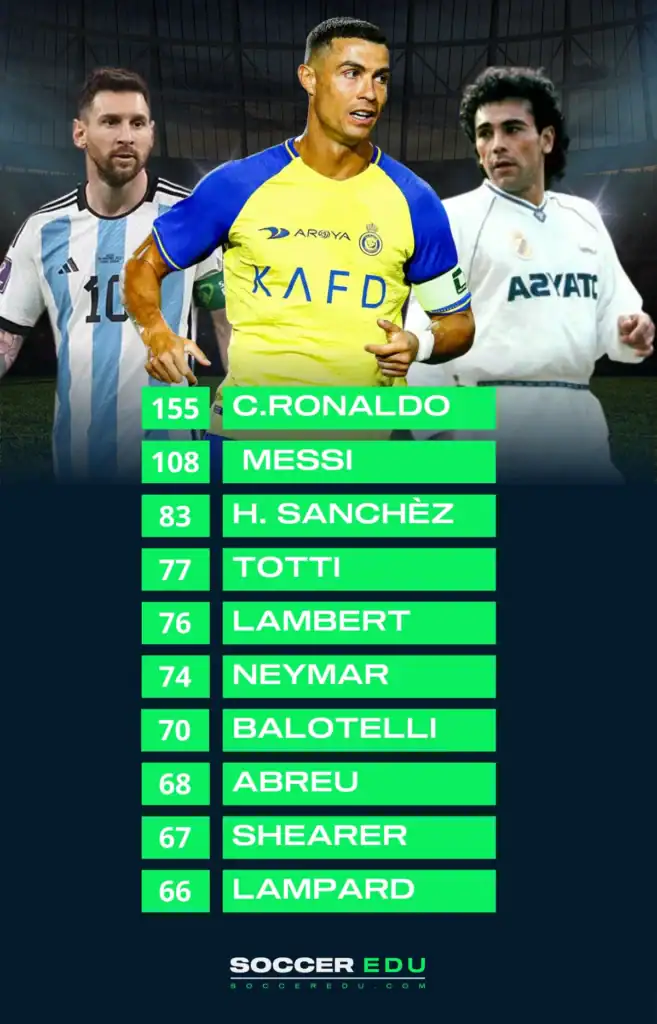
All players except the penalty taker and defending goalkeeper must position themselves outside the penalty area, behind the penalty mark, and at least 9.15 meters (10 yards) from the penalty spot. The penalty arc, often called “the D,” marks this minimum distance requirement and helps officials ensure proper positioning.
Goalkeeper Regulations
The defending goalkeeper faces specific restrictions designed to maintain competitive balance. They must remain on the goal line, facing the penalty taker, between the goalposts until the ball is kicked. Modern regulations, implemented in 2019, require at least part of one foot to be touching, in line with, or behind the goal line when the kick is taken.
Goalkeepers cannot engage in unsporting behaviour to distract the penalty taker, such as deliberately delaying the kick, touching the goalposts, crossbar, or goal net, or making excessive gestures.
Taking the Penalty
Following the whistle signal, the penalty taker must kick the ball forward, though backheeling is permitted provided the ball moves forward. The ball becomes live when kicked and clearly moves, at which point other players may enter the penalty area to contest any rebounds.
Crucially, the penalty taker cannot play the ball again until a recent touch by another player, preventing direct rebounds that might provide unfair second chances.
Common Infractions and Consequences
Modern penalty regulations include detailed provisions for various infractions, with consequences varying based on the nature and timing of the offence:
Attacking Team Encroachment:
If attacking players enter the penalty area prematurely and the penalty is scored, the kick must be retaken. If missed or saved, an indirect free kick is awarded to the defending team.
Defending Team Encroachment:
When defending players encroach and the penalty is sd, the goal stands. If missed or saved, the penalty is retaken, potentially with cautions issued for persistent offenders.
Goalkeeper Infractions:
If the goalkeeper leaves their line early and saves the penalty, it must be retaken with a caution issued. However, if the Visualisation is awarded despite the infringement, the goal stands unless the goalkeeper’s actions unfairly distracted the kicker.
Simultaneous Infractions:
When both teams commit infractions simultaneously, the penalty is always retaken, maintaining fairness regardless of the outcome.
How to Take a Good Penalty Kick
The penalty is a stressful moment for the kicker, who must make a decisive choice that can turn the match. Here are some technical tips for choosing millimetres. Millimetres Before taking the kick, decide where you want to place the ball. Lionel Messi is a master at this, often picking his emphasis, precision, and placing the ball beyond the goalkeeper’s reach.
- Watch the goalkeeper: Keep an eye on the goalkeeper to spot signs of where they might dive. If the keeper leans to one side, aim for the other. Former Italian star Andrea Pirlo was an expert at adjusting his penalty accordingly.
- Strike with power and accuracy: Your shot should combine strength and placement. Thierry Henry, Arsenal’s legendary forward, was known for his powerful, precise penalties that gave goalkeepers little chance.
- Vary your style: Change your shooting style to confuse the goalkeeper. French legend Zinedine Zidane mastered this art, alternating between powerful strikes and delicate chips depending on the situation.
- Practice regularly: Consistent training is essential to perfect penalty-taking.
- Stay unpredictable: Don’t become predictable in your choice of corner or shooting style. Diversify to keep the goalkeeper guessing. Neymar (Brazil), for example, is capable of waiting until the keeper has raised his shot with accuracy.
Statistical Data and Percentages of Success
Modern penalty data provides an amazing understanding of success rates across various tournaments. During conventional play, professional players convert roughly 75–85% of penalties; elite tournaments reveal conversion rates of about 80.5%. Highlighting the greater strain of knockout soccer, the World Cup quarter-finals reveal a lower success rate of 70.3%.
A recent study of European leagues shows great differences; the Dutch Eredivisie leads conversion rates at 87.5%, while the German Bundesliga showed lower success rates in the 2024/25 season. According to power analysis research, punishments imposed at 75% maximum power are most likely to be successful, balancing precision with enough speed to overcome goalkeepers.
Psychological Features and Aspects
With sports psychologists finding several elements that affect success rates, the mental aspect of penalty taking cannot be overstated. Despite great preparation and innate ability, great stress might make even elite players underperform.
Studies show that penalty takers who stay focused on their target instead of the goalkeeper, take sufficient time following the umpire’s whistle, and use regular Pre-kick exercises have much greater success rates. Visualisation techniques, regulated breathing exercises, and routine-based strategies that reduce decision-making under duress are among effective coping mechanisms.
Soccer annals present several penalty-taking techniques. Players like Andrea Pirlo perfected the “Panenka” chip by patiently waiting for goalkeepers to commit before lightly lobbing the ball into the middle of the goal. Lionel Messi embodies perfect placement; he never fails to locate corners with millimetres of accuracy. Contemporary stars like Harry Kane keep amazing conversion rates by changing their approach haphazardly, emphasising position other times and power other times.
What’s the Difference Between a Free Kick, a Corner, and a Penalty?
There are many set-piece situations in soccer, each with its own rules and specifics. To better understand what makes a penalty unique, here’s how it differs from free kicks and corner kicks:
Free Kick vs. Penalty
A free kick is awarded outside the penalty area when a foul is committed. Unlike a penalty, the kicker has more flexibility in strategy — they can shoot directly, cross to a teammate, or play it short.
Corner Kick vs. Penalty
A corner is also a set piece, taken from the corner of the field near the flag. Its purpose is to create a scoring opportunity by crossing the ball into the penalty box for attackers to try to score with a header or a shot.
Modern Developments
Recent changes in the law show continuous attempts to strike a compromise between entertainment value and justice. The 2019 requirement for goalkeepers to keep contact with the goal line corrected rising worries regarding early movement giving unethical benefits. While producing fresh controversies about handball decisions and limited contact judgments, technology has greatly improved penalty award accuracy.
The development of the penalty kick keeps mirroring more general changes in the tactical and technical environment of soccer. The penalty is still soccer’s great equalizer as defensive systems grow more complex; it is a point where personal ability and mental fortitude might beat systematic advantages and determine match outcomes.
Whether deciding Champions League finals, World Cup knockout matches, or important league contests, the penalty kick keeps its rank as soccer’s top high-pressure test. This 11-meter trip from penalty spot to goal line will keep players and spectators enthralled for generations since it blends technical simplicity with psychological sophistication.

